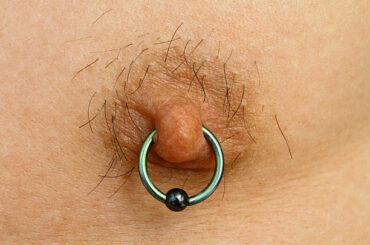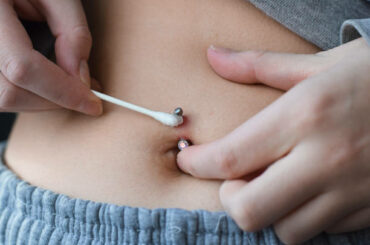Do you have an idea of how long do piercing bumps last? If the answer is no, this article is absolutely for you. And if the answer is yes, there are more things you need to know. So, whether yes or no, go on to read the article.
Contents
What are these sharp bumps?
- They are like bubbles. Piercing bumps are a bubble-like thing that appears on the piercing area. They are small lumps. These lumps usually appear in cartilage piercing like the nose and upper ear.
- The immune system’s alarm says you are on the path to healing. These piercing bumps are a sign of healing. So don’t get worried if you notice bruising, swelling, or bleeding in the pierced area.
- There is an inflammation that causes these bumps. This even happens due to the responses that the immune system is saying that you are about to heal.
Types of piercing bumps.
Now you know what piercing bumps are. Now let’s discuss the types of piercing bumps.
Pustule: Pustules are pus-filled bumps or blisters on the skin. Anywhere on the body, and for various reasons, you might develop these itchy little bumps. In contrast, piercings might be a reaction to a slight localized infection. Pustules are frequently more painful than keloids and are more likely to spread and deteriorate if left untreated.
Touching them usually results in intense pain and sensitivity. Using a warm compress and routine saline cleansing, you can treat your pustule at home as long as it is not too large or uncomfortable. Since infection is the cause of the bump, you must always keep it as clean as you can. If you can’t get rid of the blemish on your own, your doctor should be able to treat it by giving you an antibiotic cream or a course of tablets.
Irritation bump: This sounds exactly like what it is. Your skin has swollen up around the hole because the piercing irritates it. These bumps don’t last for very long. They are typically brought on by a new piercing, jewelry that doesn’t fit well or is too tight, severe or insufficient cleaning, or discomfort from sleeping or applying pressure to the piercing.
By getting rid of the source, irritation bumps can be healed. To get rid of this bump quickly, check your jewelry, clean your piercing once daily, and keep the area well-protected from pressure.
Granuloma: This type may be an area of inflammation. These bumps are occurred due to the extra growth of skin tissues. As these tissues grow over the healing area, it may be hard with some inflammation. Though these Granulomas are not much painful, they are itchy and sensitive. When we talk about the treatments, it takes around 06 weeks. The medicine should be taken under medical advice.
Keloid: These Keloids are soft. At first glance, they seem to be like rubbery itchy scars. To get rid of a keloid, you typically need a doctor. They may use laser therapy, corticosteroid injections, or surgery to get rid of the keloid, depending on the size and severity of your bump. Make sure you seek assistance immediately because these bumps do not disappear without treatment.
How long do piercing bumps last?
As we discussed earlier, Piercing bumps are a natural immune response to injury. A bump from a piercing may take several weeks to heal completely. But after treatment, you should start to feel better in 2 or 3 days. Also, the steps like a regular change of jewelry, cleaning the pierced area with saline water, and patting the area dry with a fresh cotton pad without using a towel after bathing or showering are common remedies you can take to prevent infection.
Some records say that the American Academy of Dermatology (AAD) has advised not to use saline water as it can slow the healing process.
Just keep on reading: Is it safe to swim after getting your ears pierced: best swimming tips for piercing lovers(23)





